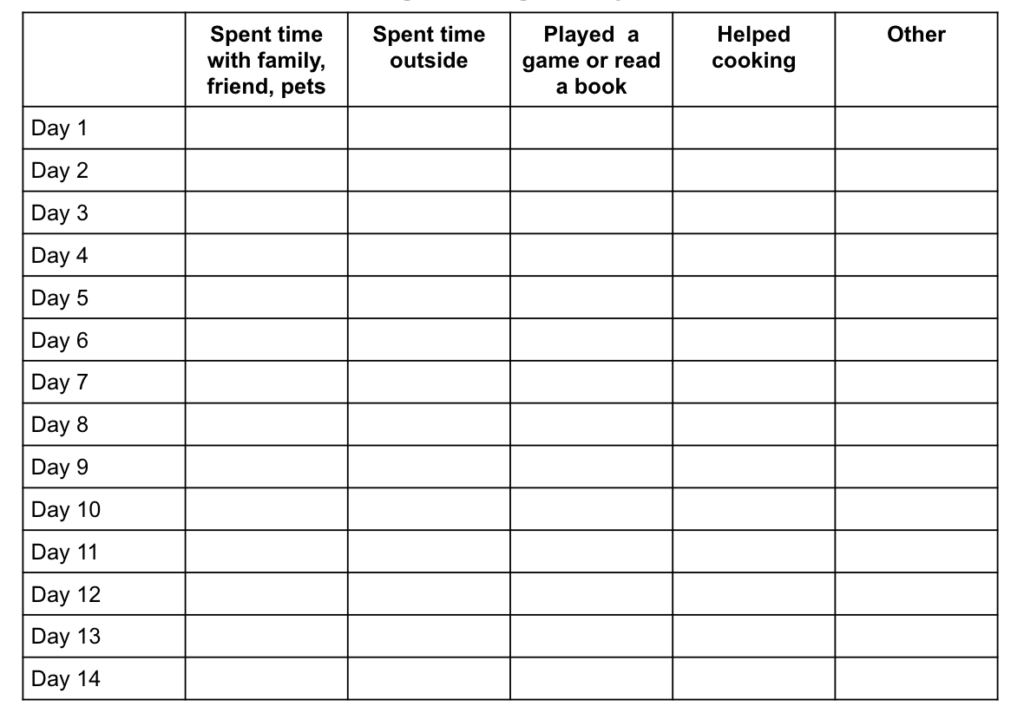Never before have our students been so dependent on computers. Last year, many schools were closed for several months and a large part of the school kids were learning online. Modern technology has been a huge help and has offered many solutions we could never have imagined even a few decades ago.

However, as much as the virtual world has been a great help for everyone these past months, we all know there are negative effects of too much screen time.
The good and bad about virtual learning
The good
The virtual world pretty much saved the school year 20/21. Countries without computers and proper internet connections lost several months of schooling.
For lower level education
Programs are adaptive and aim to:
- Help teachers determine each student’s strengths and weaknesses
- Deliver online lessons that provide tailored instruction and practice for each student
- Support teachers, educators, and parents with in-the-moment resources during the 2020-2021 school year wherever they are.
- Help student develop fundamental reading skills with personalized instruction.
For upper level education
Online learning can be a very effective option for upper level students.
It has many advantages like flexible schedules, working at your own pace, making up lost credits or working ahead for college credits.
It is also is better for the environment. The Open University in Britain have found that online courses equate to an average of 90% less energy and 85% fewer CO2 emissions per student than traditional in person courses.
The bad
You have probably heard by now that people like Bill Gates and Steve Jobs seldom let their children play with the very devices they helped develop because, more than anyone, they knew of the addictive power of digital technology.
- Too much screen time increases develops emotional, psychological, and physical health problems such as obesity, lack of physical activity and fitness, sleep disorders, poor social skills, aggression, depression, and academic underachievement.
- Children are missing out on key aspects of their brain development when they spend so much time staring at a screen instead of interacting with the world.
What children are not getting or not doing while they are on their screens
- Real play is a biological necessity for proper development
- It teaches children to develop problem-solving skills and creative thinking, to get along with others and show empathy, to accept other points of views and different ways of doing things, to adapt a can-do and don’t-give-up attitude.
- Real play is driven by our innate desire to understand how the world works; it is evolution’s way of helping children develop a curious, problem-solving mind of their own.

How soon should children get screen time and how much
The earlier children become addicted to screen time, the more difficult it is to wean them off of it. Children under 10 seem to be most susceptible to becoming addicted.
The American Academy of Pediatrics recommends no screen time for children under two and a maximum two hours a day thereafter.
Although some non-tech parents give smartphones to children as young as 8, many who work in tech wait until their child is at least 14. In 2016 the average age for getting a first phone was 10.3 years old. High tech parents seem more likely to limit gadget use in general. Some even completely forbid it during school days. On weekends, limits of 30 minutes to two hours of screen time seem reasonable. Starting in middle school, children will need to use a computer on school nights for homework. Some parents also forbid teenagers from using social networks.
Although some parents are convinced that children now need to use technology because that’s the way the world is evolving, keep in mind that little children do not benefit from high-tech devices. Modern technology evolves and changes quickly and what those children could learn on their devices today will be long outdated by the time they reach their teens.
Screen time also has another side effect. It exposes us to a constant, invisible, inaudible, tasteless, and an odorless type of pollution—electromagnetic fields (EMF). (See my blog 6 Ways to protect your family from EMF)
Reduce screen time challenge
- Make it a rule to spend as much or more time moving outside as you spend time on your computer.
- Plan outdoor activities, camps, meet friends, go to the beach, learn a new sport, go hiking, biking, swimming, fishing…
Here are some things you can do:
- Play a board or card game
- Be creative doing a STEAM project
- Read a paperback book rather than an electronic one
- Spend time with family
- Hang out with a friend
- Take care of your pet
- Attend to your garden
- Go play outside (go for a walk, ride your bike, play ball, go swimming…)
- Play sports
- Sign up for a summer camp
Here is your chart to mark your activities you chose instead of getting on your device:

As parents, we alone are in charge and need to take immediate action if we want to give our children a chance to grow up balanced, healthy and capable of using technology wisely. This means limiting screen time, spending time together as a family, and making sure your children get plenty of time to play outside.
Please don’t feel that you are defeated; screen time is something many families struggle with; especially if one of the parents is very into technology. Although you may feel in the minority and that perhaps you have let things go too far, you can always make changes. You are not alone in this struggle. It is time to turn the tide.
(1) https://www.curriculumassociates.com/products/i-ready
(2) https://www.raisesmartkid.com/3-to-6-years-old/4-articles/34-the-good-and-bad-effects-of-video-games
(3) https://www.youtube.com/watch?v=FktsFcooIG8#action=share
TED talk from CHUV
(4) https://www.marketwatch.com/story/the-scary-lasting-effects-of-too-much-screen-time-on-children-2019-04-10




